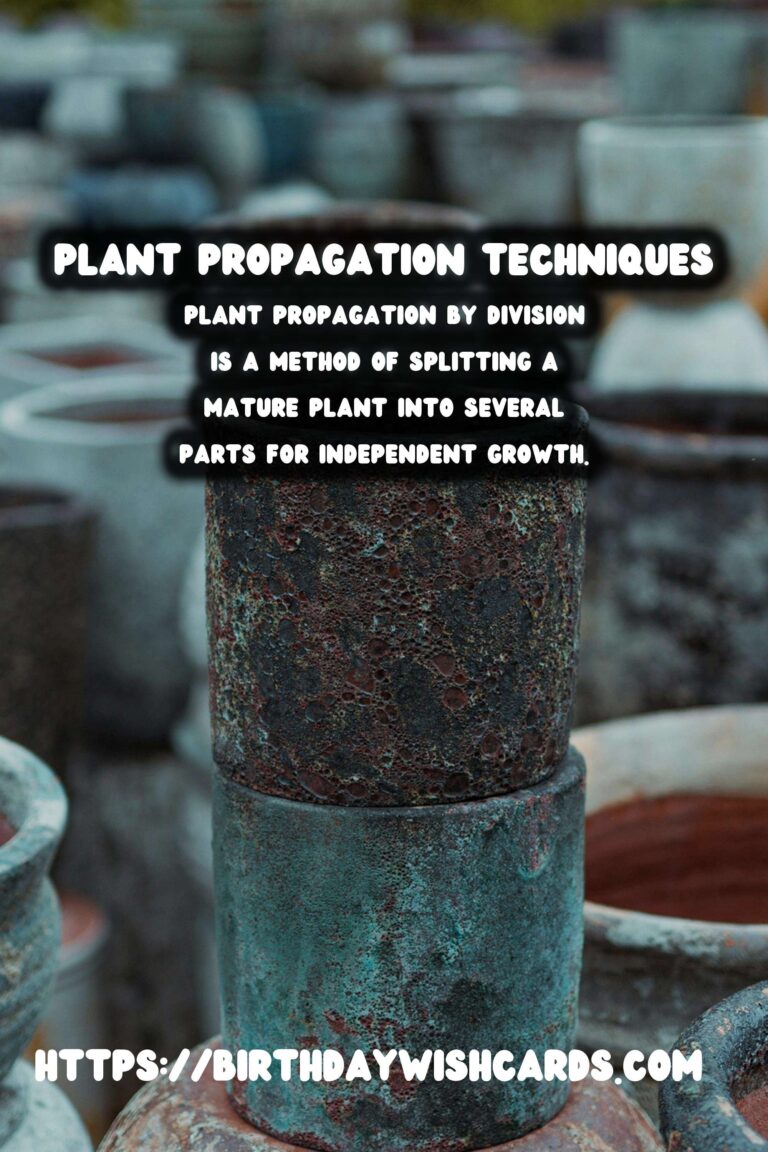
Plant propagation is an essential practice for gardeners and horticulturists aiming to expand their plant collections or share their beloved specimens with others. One effective method of plant propagation is division, a technique that involves splitting a mature plant into several parts, each capable of growing independently. This method is particularly suitable for perennials and some shrubs that naturally form clumps or produce new shoots from their base. In this guide, we will explore the intricacies of plant propagation through division, providing insights into its benefits, the types of plants suitable for this method, and step-by-step instructions to ensure successful results.
What is Plant Propagation by Division?
Propagation by division is a vegetative method of multiplying plants, where a single plant is divided into two or more sections, each containing roots and shoots. This process not only helps in increasing the number of plants but also rejuvenates the parent plant, promoting healthier growth. Division is particularly effective for herbaceous perennials, bulbs, and some grasses, where new growth occurs at the base of the plant, forming a cluster of shoots.
The Benefits of Propagation by Division
One of the primary advantages of division is the ability to produce mature plants quickly. Unlike seed propagation, which can be time-consuming and unpredictable, division allows gardeners to create new plants that are genetically identical to the parent. This means that desirable traits, such as flower color or disease resistance, are preserved. Furthermore, division helps manage overcrowded plants, improving air circulation and reducing the risk of diseases. Additionally, it provides an opportunity to control the size of the plant and maintain its vigor.
Types of Plants Suitable for Division
Division is not suitable for all plant species. It is most effective for plants that naturally form clumps or have multiple stems emerging from the ground. Some common examples include:
- Herbaceous Perennials: These include plants like hostas, daylilies, and astilbes, which benefit from division every few years to maintain their health and appearance.
- Bulbs and Tubers: Plants like irises and dahlias can be easily propagated through division, as they naturally produce offsets or daughter bulbs.
- Grasses: Ornamental grasses such as miscanthus and fountain grass are ideal candidates for division.
- Shrubs: Some shrubs with a spreading habit, like bamboo or certain types of hydrangeas, can also be propagated by division.
When to Divide Plants
The timing of division is crucial for the success of the propagation process. Generally, the best time to divide most perennials is during their dormant period. For spring and summer-flowering plants, early spring or after flowering in late summer or early fall is ideal. This allows the divided sections to establish roots before the onset of extreme temperatures. For fall-flowering plants, division in early spring is recommended.
Step-by-Step Guide to Propagation by Division
Here are the steps to successfully propagate plants by division:
- Prepare the Plant: Water the plant thoroughly a day before division to ensure it is well-hydrated.
- Dig Up the Plant: Carefully dig around the plant, lifting it gently from the ground to minimize root damage.
- Divide the Plant: Use a sharp knife or spade to separate the plant into sections. Ensure each section has a healthy root system and at least one growing shoot.
- Replant the Divisions: Plant the divisions at the same depth they were growing previously, spacing them adequately to allow for future growth.
- Water and Care: Water the newly planted divisions thoroughly and continue to care for them as they establish.
Common Mistakes to Avoid
While division is a straightforward method of propagation, there are some common mistakes to avoid:
- Dividing plants during their peak growing season can stress the plant and impede recovery.
- Failing to provide adequate water and care post-division can lead to poor establishment.
- Overcrowding the divisions can result in competition for nutrients and light, affecting growth.
Conclusion
Propagation by division is a valuable technique for gardeners looking to expand their plant collections or rejuvenate existing plants. By understanding the suitable plants, timing, and method, gardeners can successfully propagate healthy and vigorous plants. Whether you are a beginner or an experienced gardener, mastering the art of division can enhance your gardening experience and lead to a flourishing garden.
Plant propagation by division is a method of splitting a mature plant into several parts for independent growth. Division is particularly effective for herbaceous perennials, bulbs, and some grasses. The timing of division is crucial, with early spring or late summer being ideal for most plants. Division allows gardeners to create new plants that are genetically identical to the parent. Common mistakes to avoid include dividing during peak growing season and failing to provide adequate care post-division. 
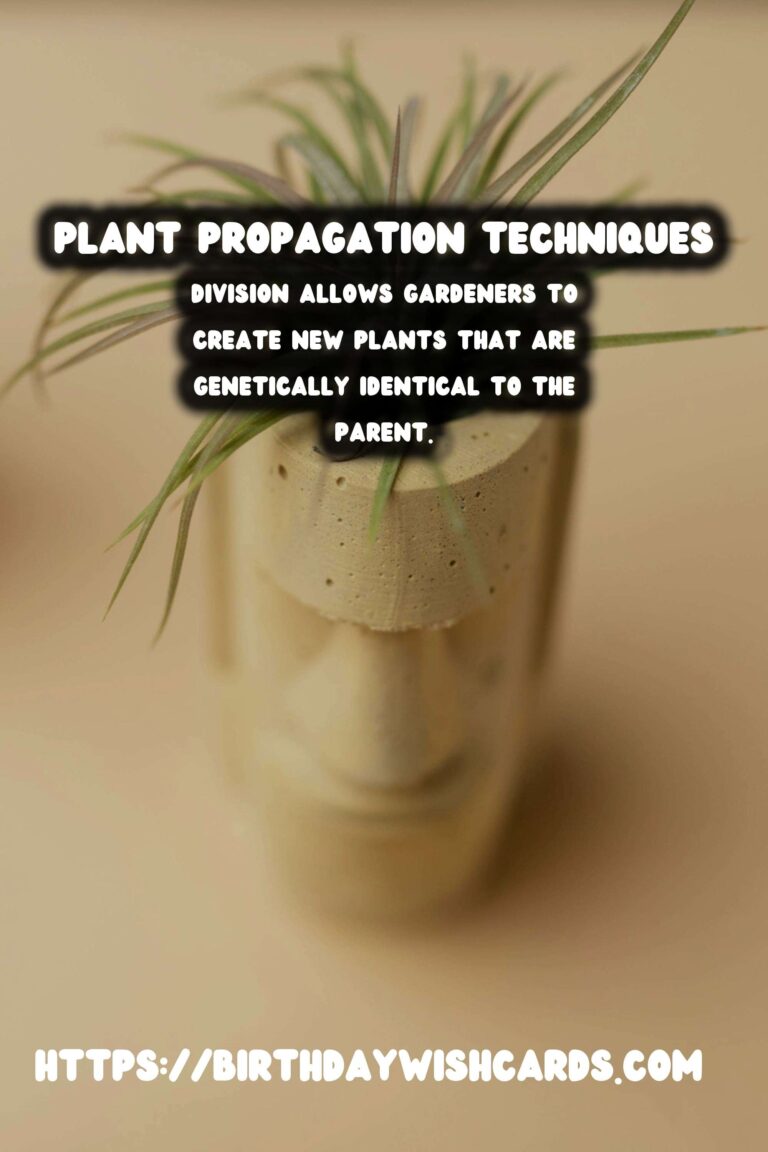

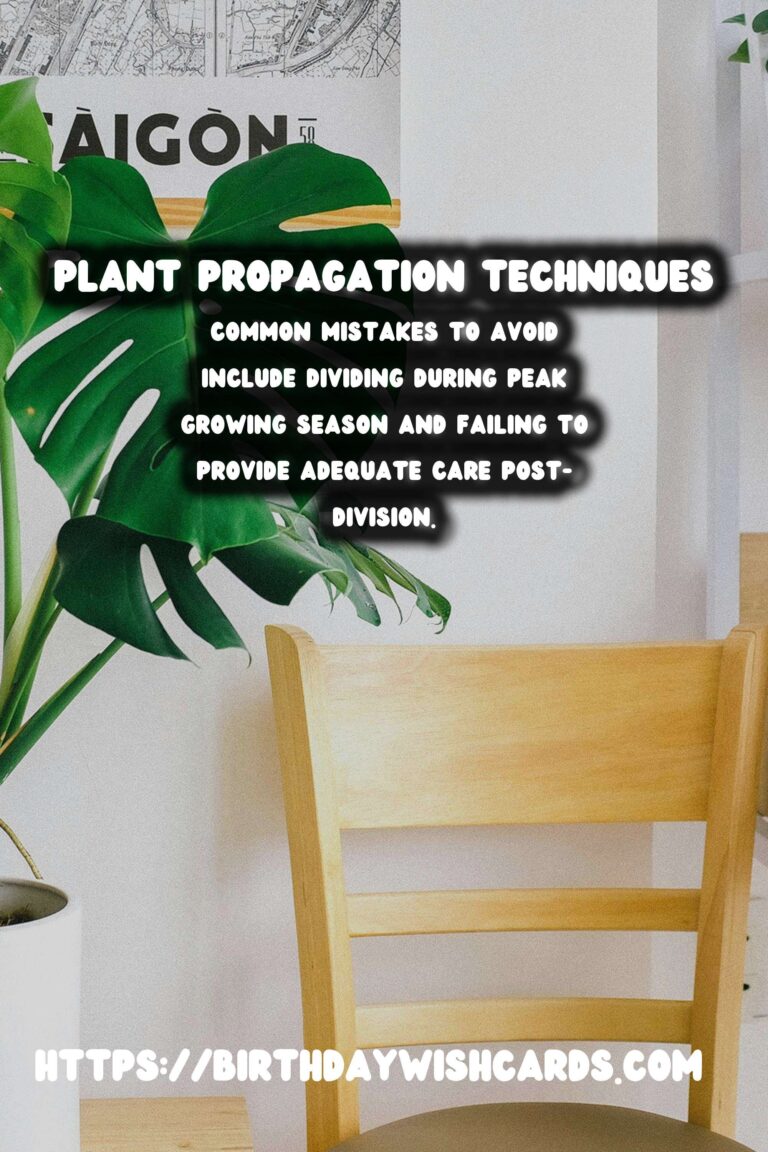
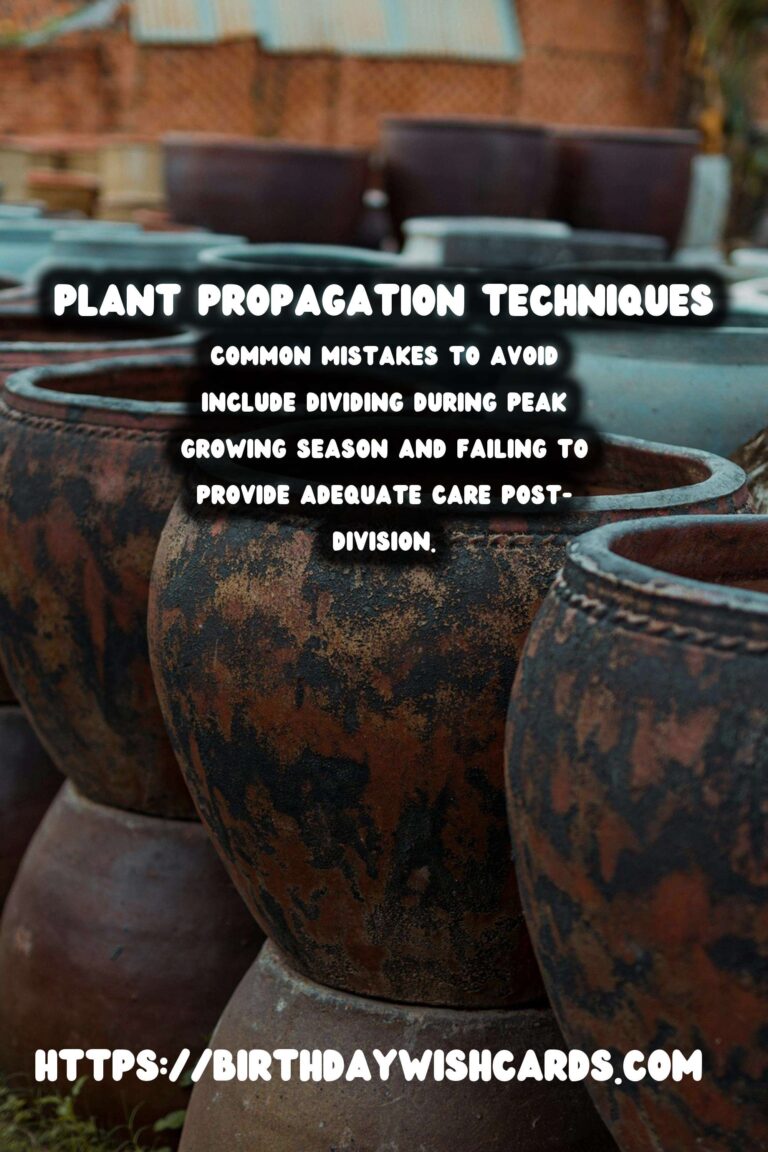
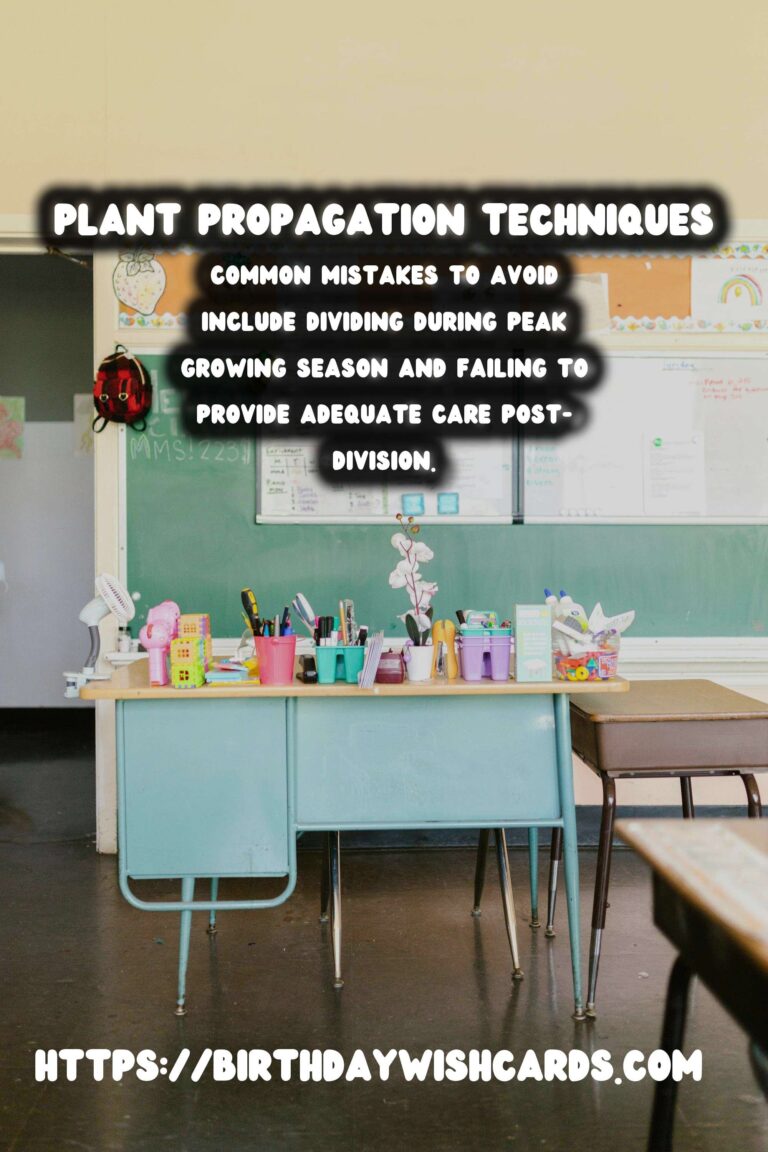

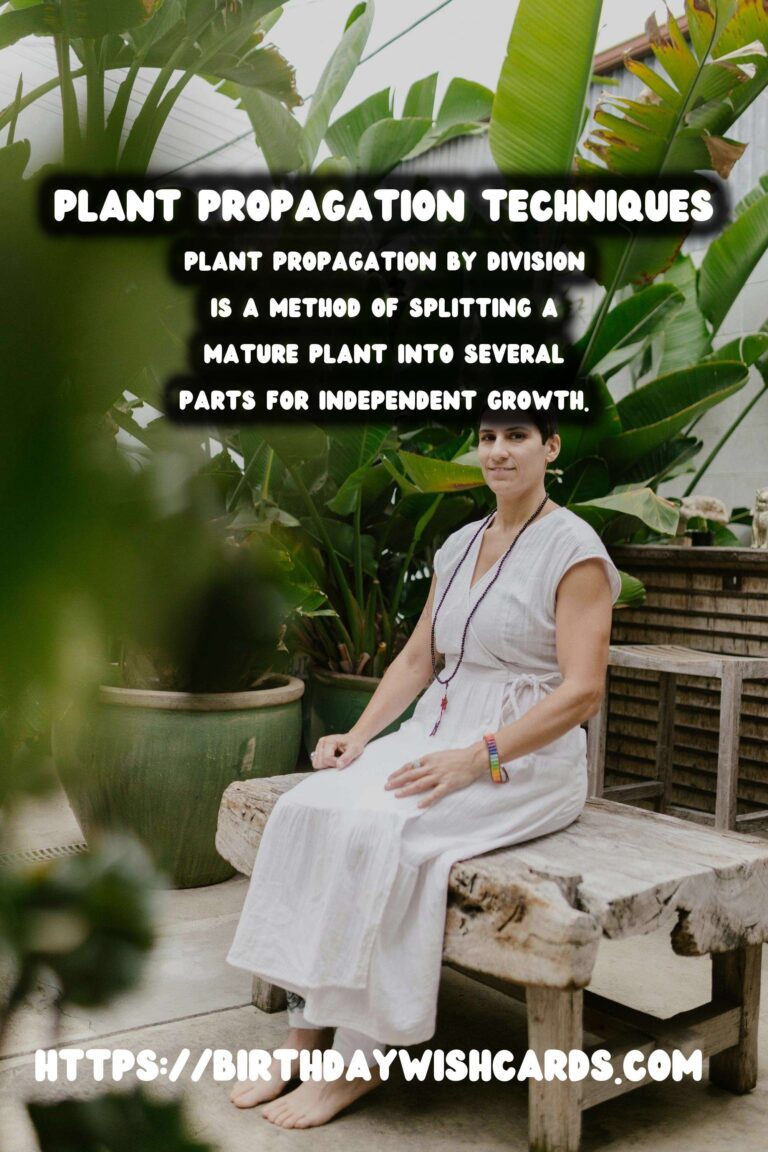
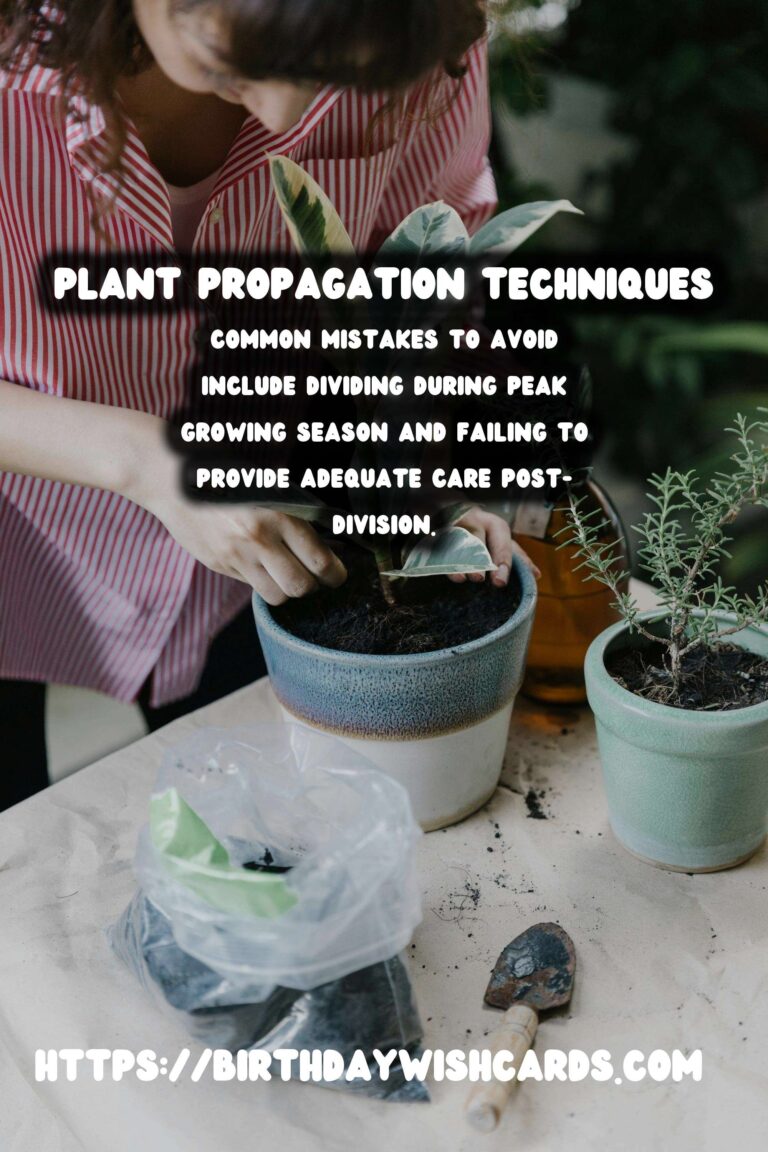
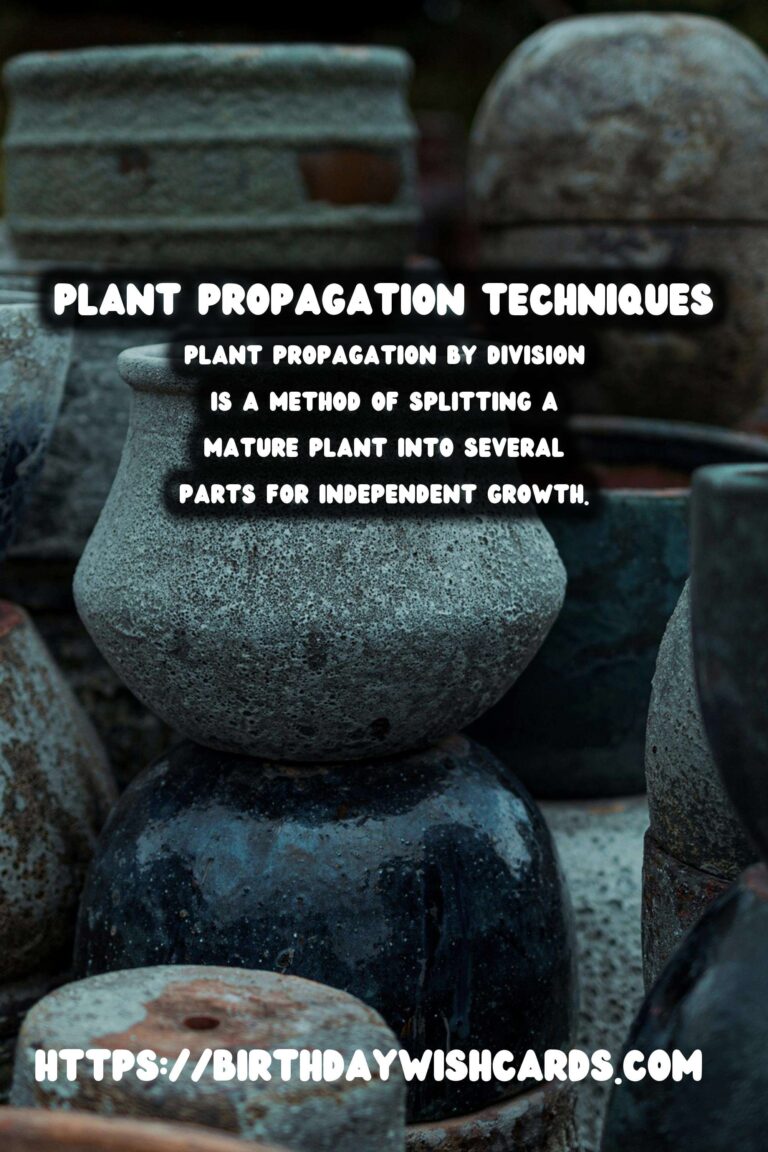
#PlantPropagation #GardeningTips #PlantDivision #Horticulture #GardenCare




